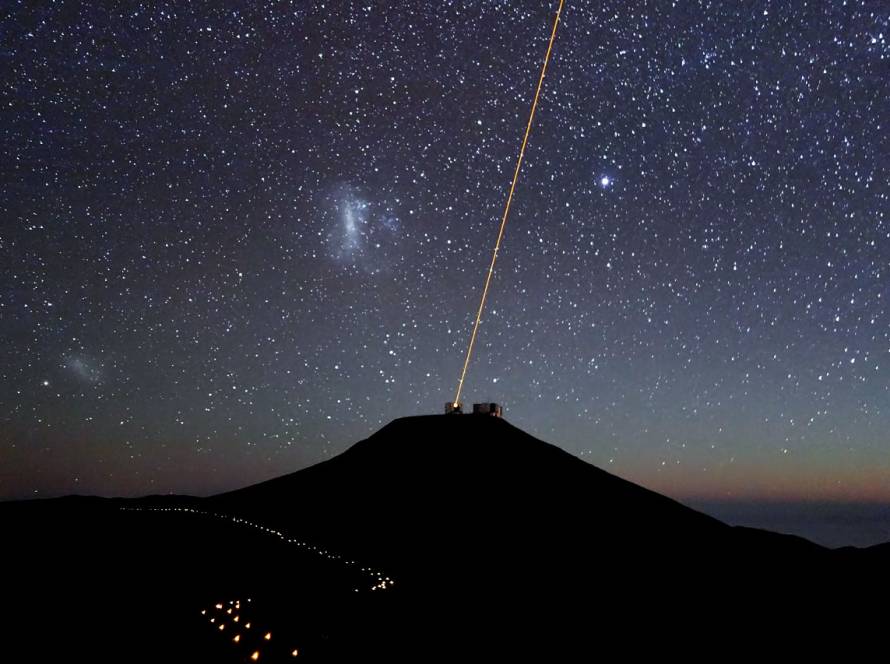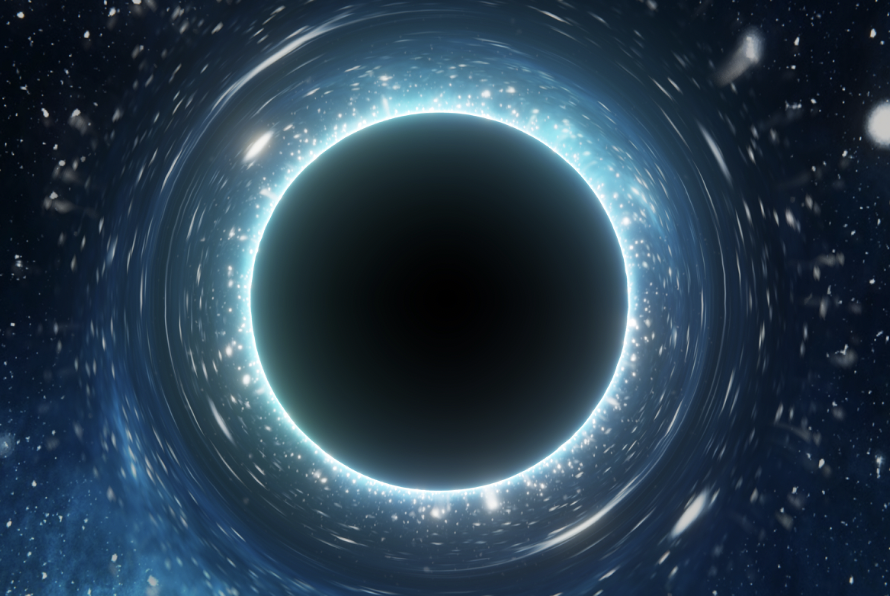An interview with Prof. Geoffrey COMPÈRE,
Research Director and Head of Theoretical and Mathematical Physics in the ULB Physics Department
BLU-ULB: Towards third-generation gravitational wave observatories – Belgian Research
Could you tell us a bit about your background?
After graduating in Civil Engineering from UCLouvain, I did my postdocs at the University of California Santa Barbara (UCSB), the University of Amsterdam and Harvard. I then returned to ULB as an FNRS researcher following the award of a European ERC grant. Today I coordinate my own research group, which consists of 3 postdocs and 4 PhD students.
ULB’s new BLU inter-faculty space centre was launched in October 2024. What research opportunities are offered by recent observations?
There are two key dates. In 2015, the first direct observation of gravitational waves, signals from black hole collisions, took place. This observation had a huge impact on astrophysics, cosmology and fundamental physics, starting with the laws of gravitation. Then the EHT (Event Horizon Telescope) took the first picture of a black hole in 2019, sparking public interest in the subject. We are living in an era similar to that of Galileo: by looking at the moons of Jupiter through the astronomical telescope he had perfected, he radically changed humanity’s perspective of the cosmos. Within 10 years, we will have third-generation gravitational wave observatories at our disposal. These observatories will enable us to compare the main theories of gravitational physics. We will see the universe in a completely new way.

Could you tell us about your main research collaborations?
My activities are reoriented towards theory driven by observation, and are now part of the Virgo European collaboration on gravitational waves. A new ULB-ULiège group was created within it on 13 March 2025. My role is to contribute to the formulation of new wave patterns based on Einstein’s theory, which will be compared with observations. I am also part of the LISA mission, one of the 3 flagship missions of the European Space Agency (ESA). As part of this, I am contributing to modelling efforts on binaries with extreme mass ratios. I am also contributing to the collaboration on the Einstein Telescope (ET), which Belgium would like to have located in the Meuse-Rhine region. In fact, I co-wrote the Science Case published on 15 March 2025, which sets out the physics that will be possible thanks to the telescope. I am also part of a group of 4 PIs who have obtained funding from the Walloon Region (Win4Project, 2024-2028) to prepare the analysis of future data from the Einstein Telescope. And let’s not forget my collaboration with working groups on gravitational physics at several European universities, including the University of Southampton and the Institut d’Astrophysique de Paris, as well as the University of Arizona and Harvard.
Could you tell us a little about the Theoretical and Mathematical Physics Department?
With over 1,000 articles published by a dozen authors and over 50,000 citations, this department has considerable expertise in mathematical physics, black holes, field theory, string theory, and the unification of gravity and quantum mechanics. It embraces the new trend underway: that of theory oriented towards observation and experimental verification in the strong field regime where extreme events such as black hole collisions take place. Thanks to the gigantic advances made by the above-mentioned instruments, we will be able to probe the entire history of the universe even before the birth of stars. We will also be able to test various models of dark matter, changes in gravity and new fields conjectured by string theory. Major discoveries await us!



